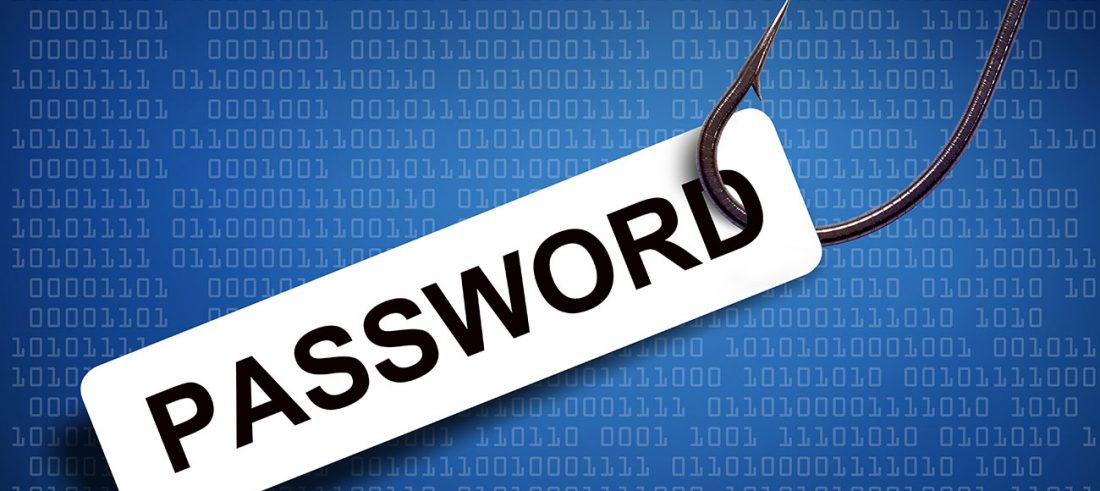
Recently at Angus-Miller Ltd. we have been working with the ever growing subject of cyber security. We here at Angus-Miller are constantly beefing up our security efforts and have our IT professionals working constantly towards making our internet a safer place.. More specifically, we have spent a lot of energy researching and taking steps to avoid phishing attacks.
What is phishing, you ask? Put simply, phishing is the attempt by a malicious entity attempting to obtain sensitive information such as usernames, passwords and other details. Most commonly, you will see the entity be able to gain access to email addresses, and “borrow” them to use as a vehicle to send spam email messages to other parties.
In 2012-2013, 3.7 million users worldwide were subjected to phishing.
Seen a lot with company emails, phishing is made easier when there is a public list of individuals and their contact information, commonly seen on company websites. It’s a double edged sword; you want your company and contact information out there for the general public to be able to access and generate business, but you must also be mindful that not every entity out there is friendly, and may prey on your email address for a phishing attack.
If this attack happens to one of your contacts, or even yourself, your email servers and service providers, in their duty to protect your accounts, may have blacklisted a safe domain name. We’ve included steps on how to mark contacts that should not be marked as junk as safe again.
*The following instructions are indicated on Outlook 2007, similar steps may be taken for other versions of Outlook. If you use an email program other than Outlook, or are having trouble with these steps, or are experiencing further difficulties please contact your office’s IT Service provider and they can aid you.
Step 1: Go into your Junk Email tab, and select any emails from senders that you know to be safe.
Step 2: Right click on any email you wish to mark as safe. Go to the “Junk Email” option, and then click on “Add Sender to Safe Senders List.” From there, you can move the email from your Junk Folder, into your Inbox.
Remember, the internet is always evolving and changing, and the challenge is to always remain ahead of the curve with cyber security when it comes to doing business. We’d like to remind you all of a few cyber safety tips to keep us all safe: